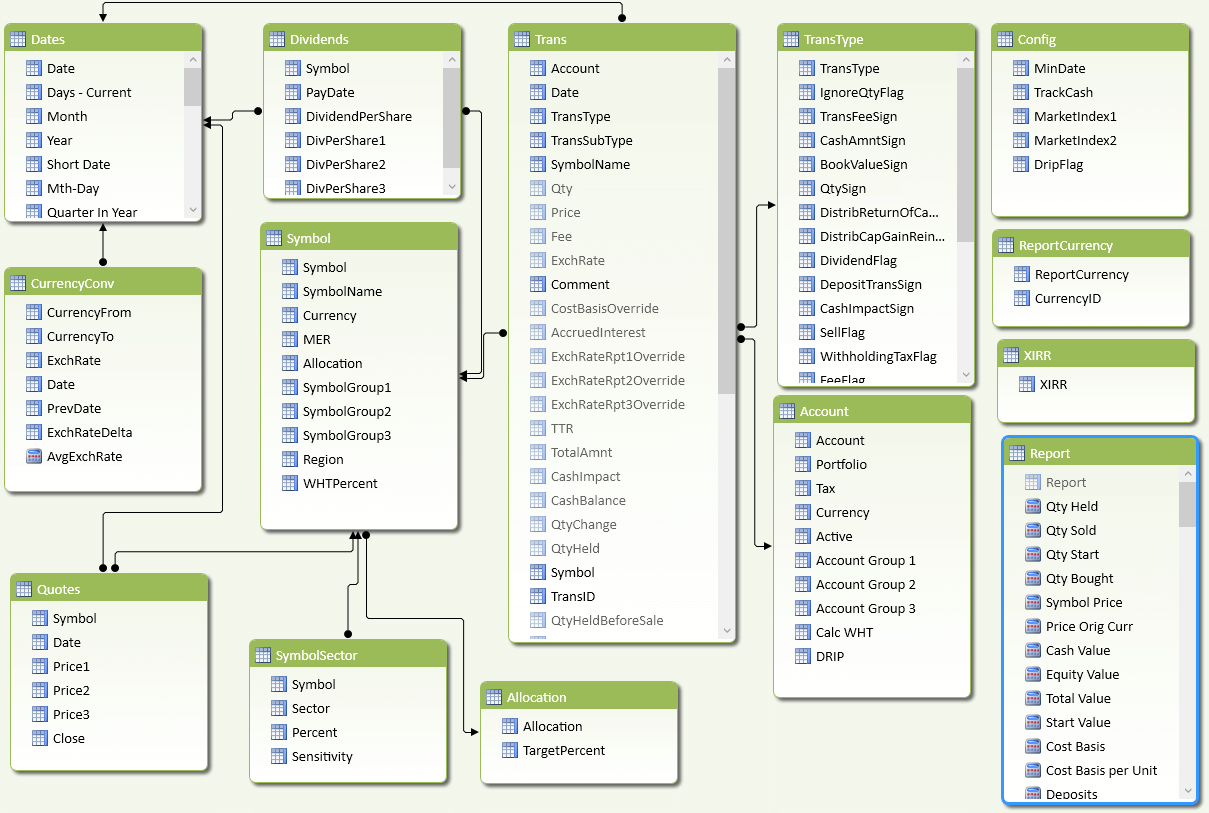Short Version: You Want One of These 🙂
※ Download: Excel 2016 power pivot
For the analyst who needs to share his analysis to many users on varying devices, Power BI may be worth exploring. I send a support-request to MS and I got a call within 20 minutes bad information on O365-Admin-Portal but quick support — wow.

Hi I want to clean up my excel files and make them into a relational-type database. The data tab contains detailed data showing sales by country, by product type, by quarter, by sales channel etc. I had an interesting discussion with MS Help desk.

Where is Power Pivot? - So disappointed with Microsoft and wish there was an alternative to them!

Thanks to Nick Williams from for creating this helpful post!!! Power Pivot is an Excel add-in which can used to perform powerful data analysis and create sophisticated data models. It can handle large volumes of data millions of rows from various sources and all of this within a single Excel file. Power Pivot is basically a SQL Server Analysis Services engine made available using an in-memory process that runs directly within Excel. It is commonly referred to as an Internal Data Model. The most effective way to interact with the Internal Data Model is to use the Power Pivot Ribbon interface. Once the Power Pivot add-in is installed and available, you can create a Data Model, which is a collection of tables with relationships. Any data you import into Excel or already have in Excel, once added to the data model is available in the Power Pivot window. The Power Pivot Ribbon gives you additional functions over and above the standard Excel Data tab. The Power Pivot add-in is available in Excel 2010, and is native in Excel 2013 and 2016. Power Pivot acts as a data model, this means that the first step is to import some data. Unless it is already in your Excel sheet you will need a tool or connector to connect to different types of data sources and fetch your data. This can be a complex subject depending on your data source and is beyond the scope of this article. After fetching the data, you will probably need to do some cleaning and transformation on it. The final step is creating the Power Pivot data model. This is where we create the relationships between different data tables. You can create simple measures or Key Performance Indicators KPIs in Power Pivot. If you have other versions of the Power Pivot add-in installed, those versions are also listed in the COM Add-ins list. Calculated Fields and KPIs can be used to create any summarizing calculations. Add to Data Model allows you to add the data table present in the Excel into Power Pivot. Update All allows you to update all the data connections established with the data model. Settings helps to control other parameters associated with Power Pivot. Example 1: Adding Data to the Data Model The first step is to add some data into the data model. Data sources fall into two broad categories. First, it comes via an import from an external data source. Second it is present in the Excel tables in the current workbook. For now, let us take an example which shows how to work with Excel tables in the current Excel workbook to Power Pivot. One, data tab and the other mapping tab. The data tab contains detailed data showing sales by country, by product type, by quarter, by sales channel etc. The mapping tab contains that data sub-totaled by quarter, also seen below. This can also be derived using formula in Power Pivot as well! You can create a relationship in Diagram View once you get more comfortable with this process. To do this you click on the common column in one data set and drag it onto the corresponding column in the other table, all the while keeping the mouse button clicked. The first empty box below the column header can be used to fill in the formula for the column. In this example, first we take the first four characters from the QuarterCode using the LEFT function and then use the VALUE function to convert the string of characters into a number. See this video for more details on. And that completes our simple introduction to the Power Pivot! Feel free to leave comment or questions below.
There are many different types of formulas available within the Power Pivot data model that allow you to calculate values of the existing columns within a table. Ich wünsche Ihnen jetzt viel Spaß mit diesem Video-Training. For a full list in this customer update, visit. This sounds like a clear drive to separate the two products. Being ex-Microsoft, and having worked on Excel, I can tell you that this comment is ridiculous. I have Excel 2016 via HUP.



